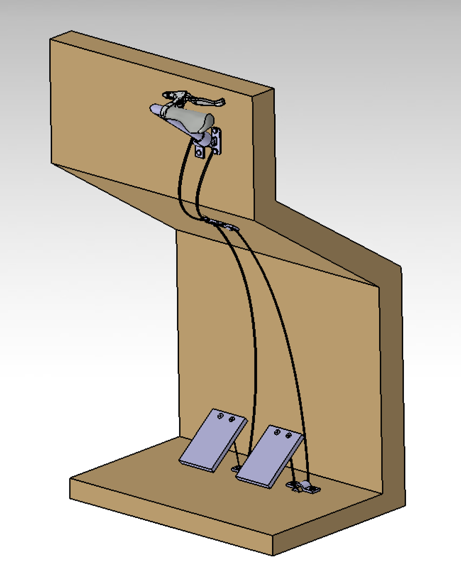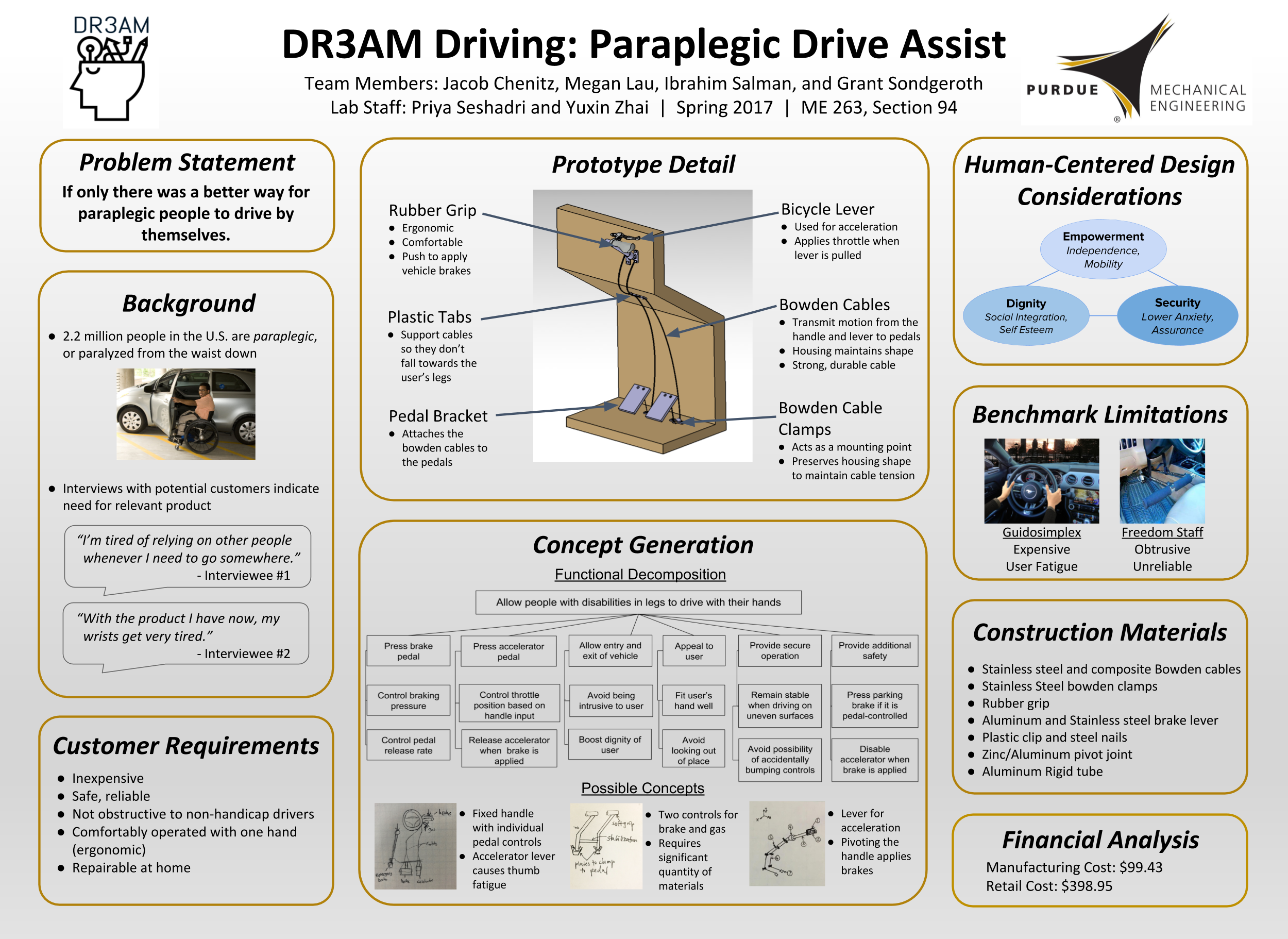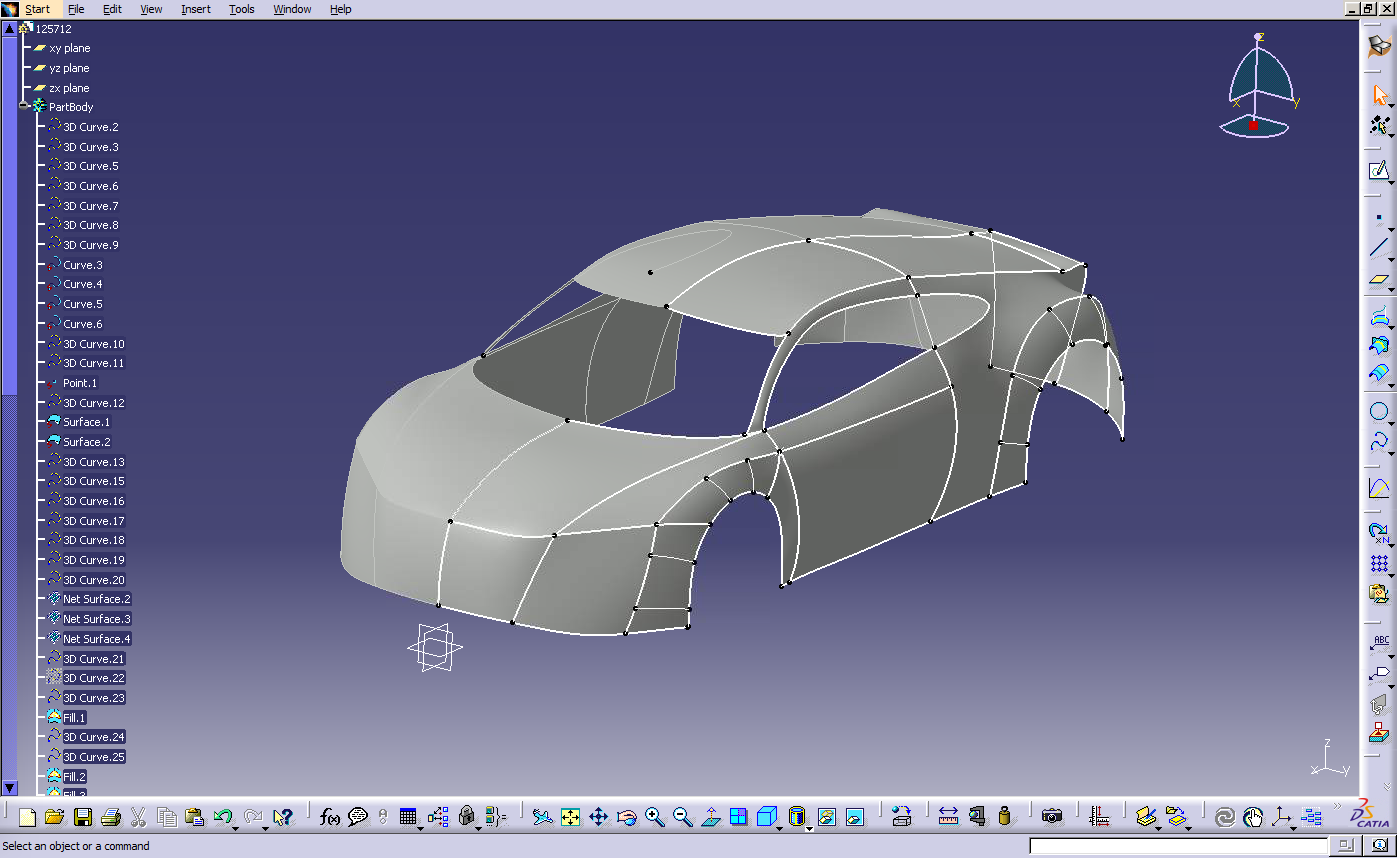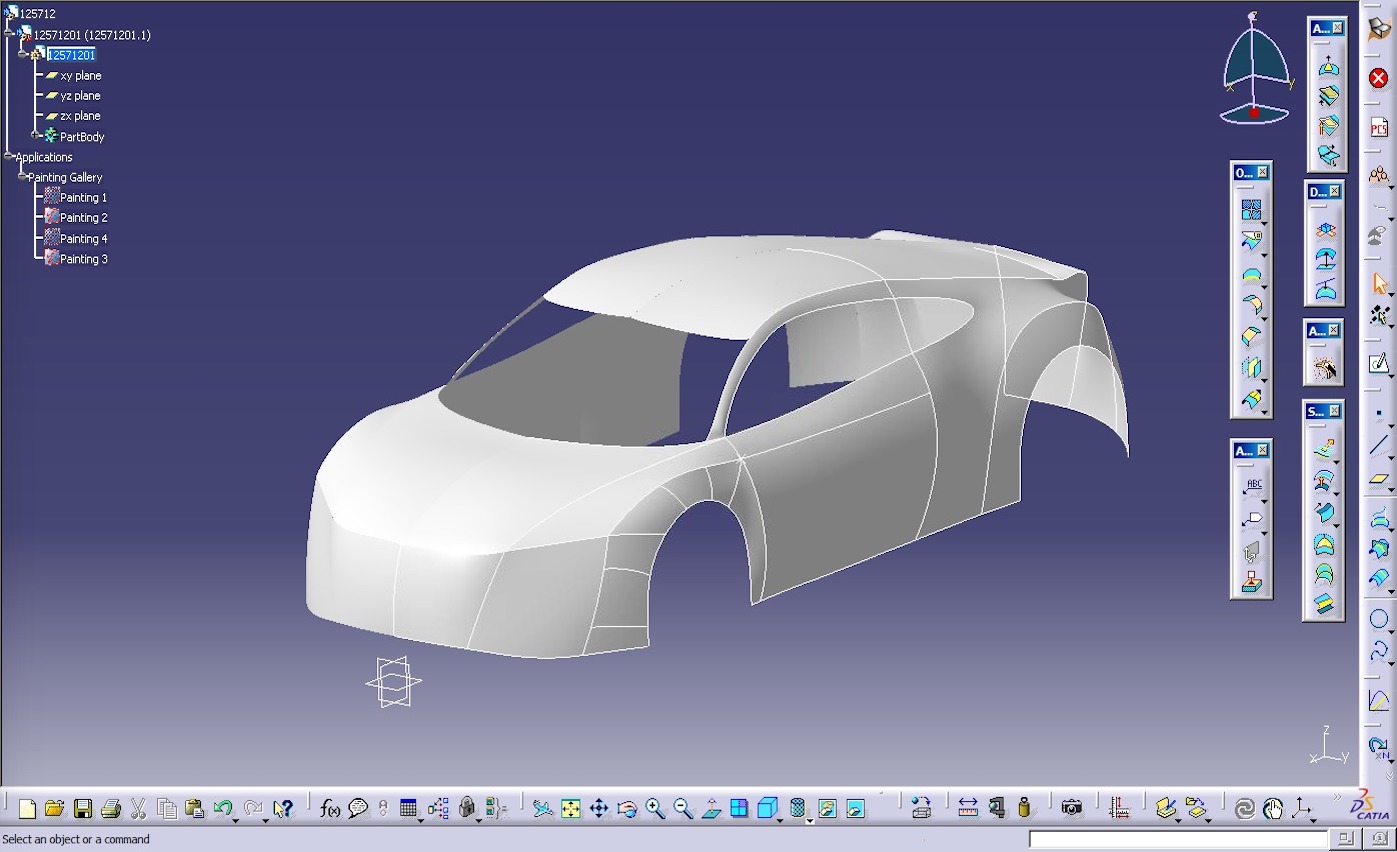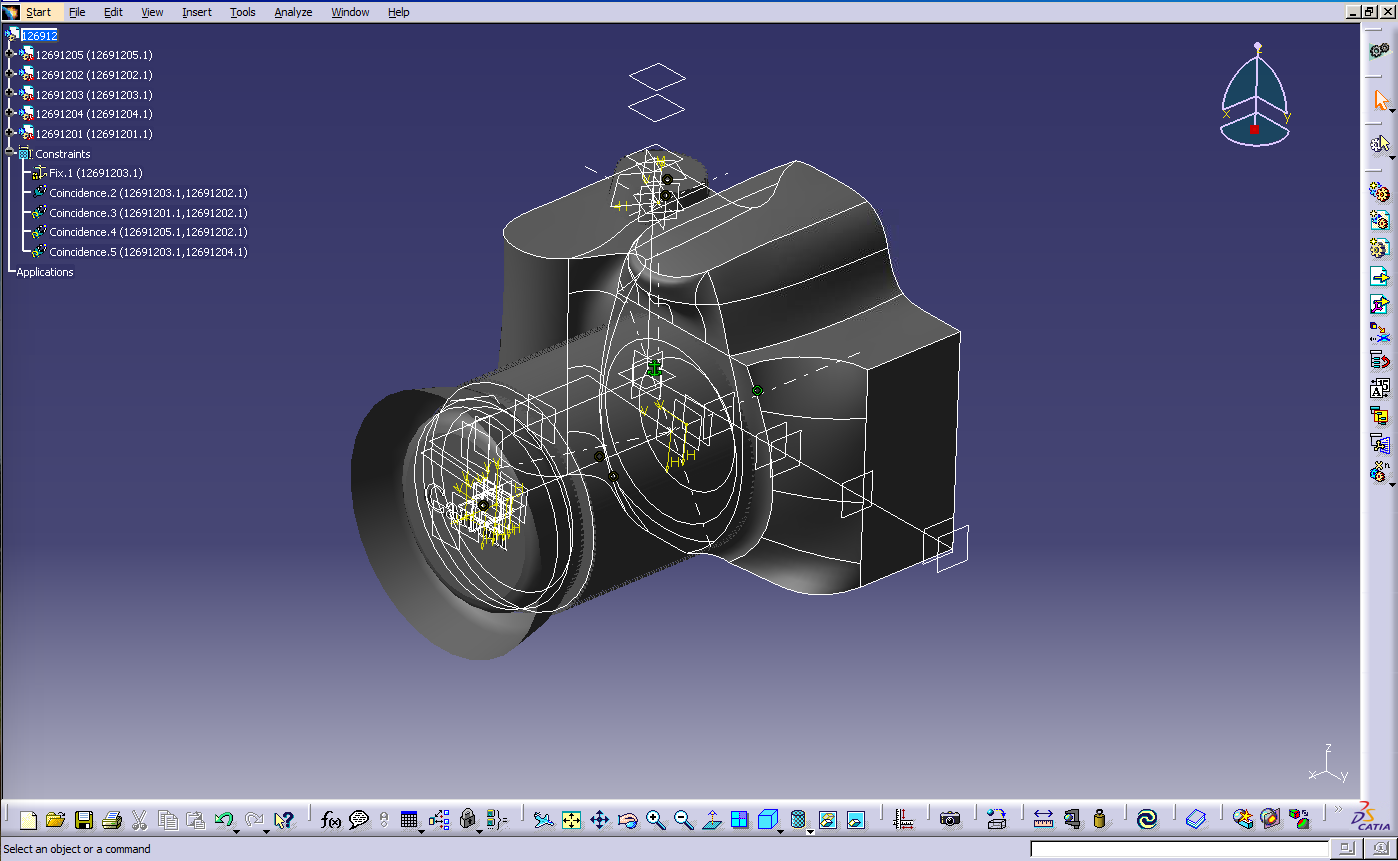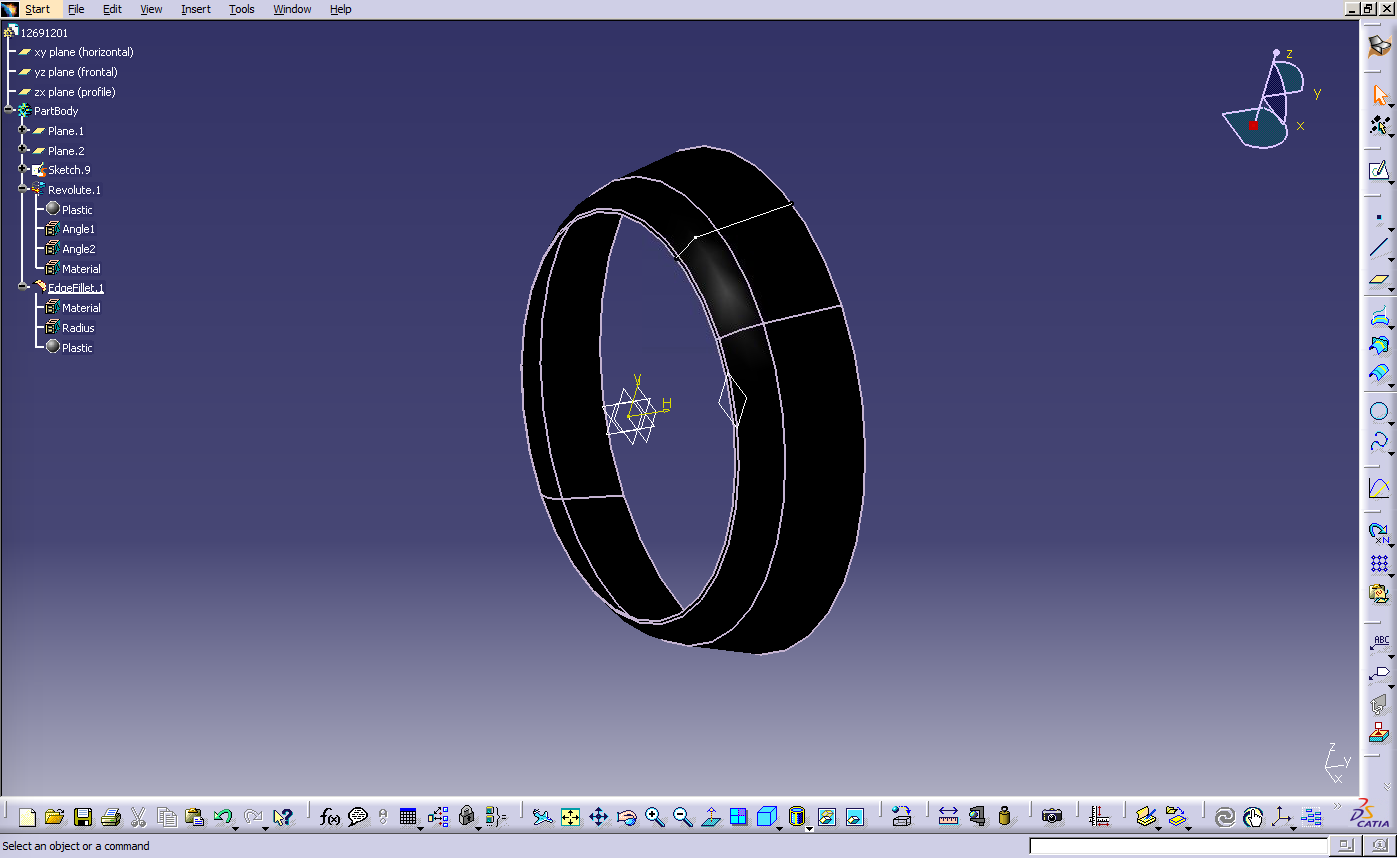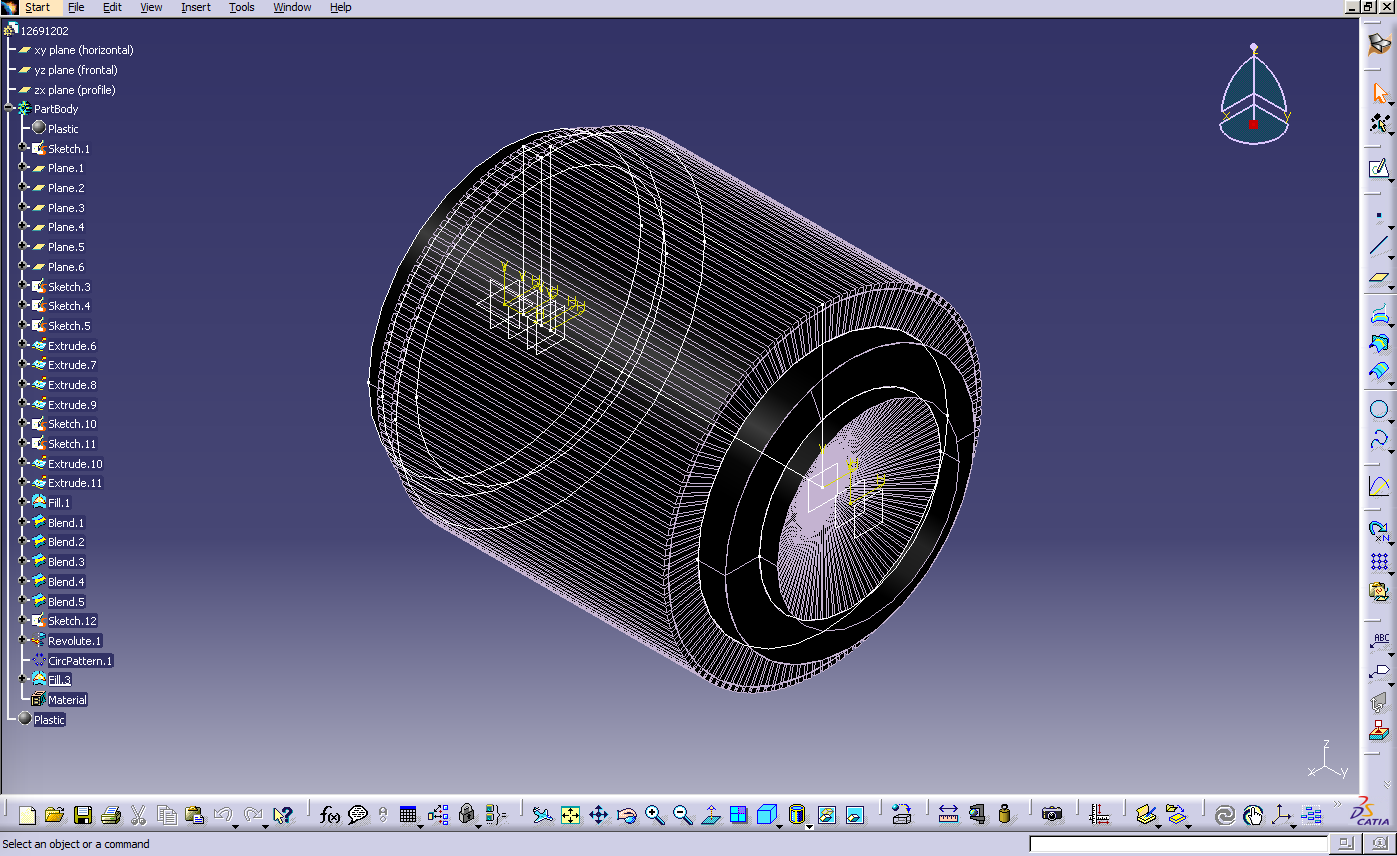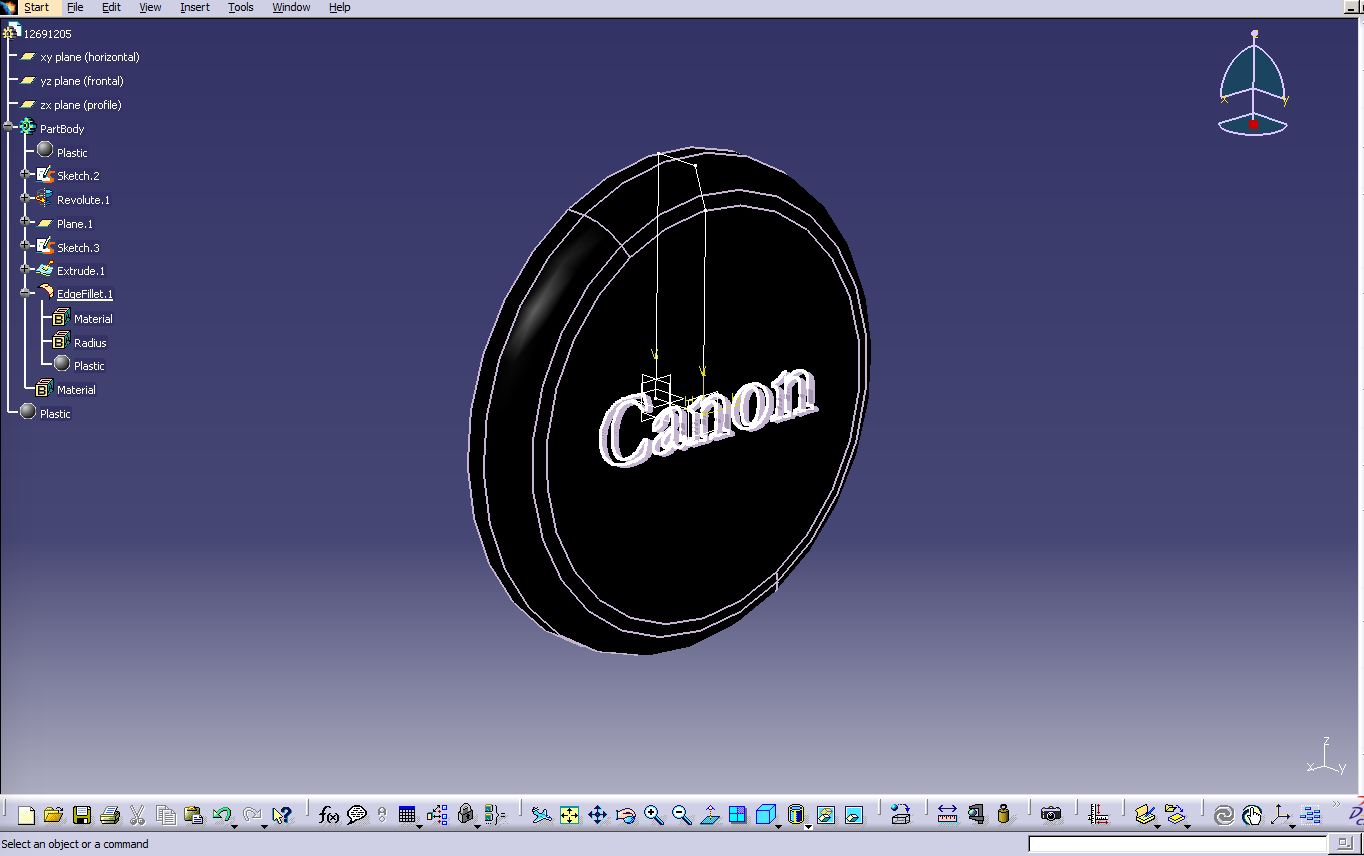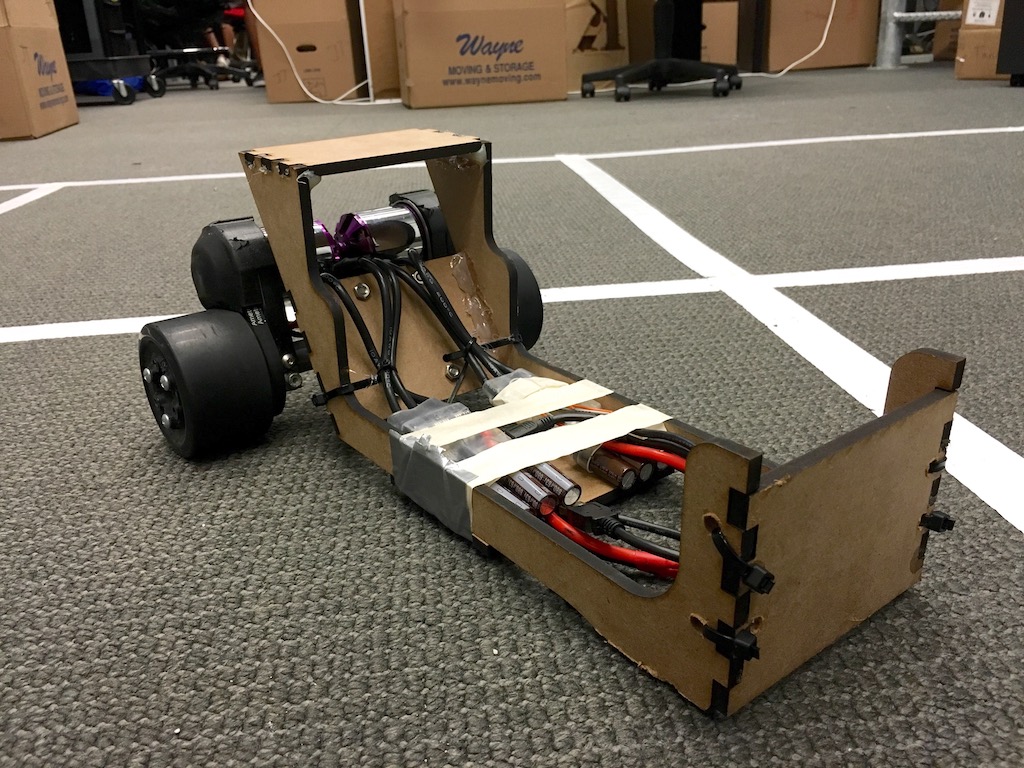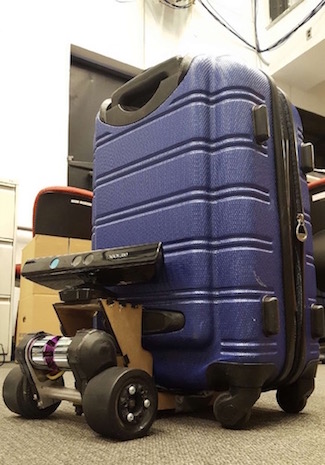About Me
I'm Megan Lau from San Jose, California.
Motivated by high school FIRST robotics experiences, I chose to study mechanical engineering at Purdue University in West Lafayette, Indiana.
I spent my time in school doing race car chassis design and manufacturing in FSAE Electric. On top of gaining practical engineering experience at Delphi Technologies (Kokomo, IN) and through curriculum in other countries, I have worked as a research assistant at DeBoer Lab to understand how to better support under-resourced students through engineering education.
During my spare
time, I enjoy capturing moments with my DSLR camera, and playing with Adobe Photoshop
and Illustrator. In college, I also loved challenging myself at hackathons
with not just sleep deprivation, but also coding to make physical creations come to life!

Projects
Topics I Enjoy
- Autonomous Vehicles
- Adaptive controls
- Turbulent fluid flow
- Turbocharged engines
College Coursework
Spring 2019
- Autonomous Systems & Controls — applied control theory in simple pendlum systems and complex miniature robots
- Senior Design — worked with team to create test fixture that simulates real life road conditions
- Python — learned Python language syntax, libraries, and structure
Fall 2018
- Computational Fluid Dynamics — modeling of flow behaviors about rigid bodies using ANSYS and Matlab (aerospace course)
- Finite Element Analysis — modeling of stress, strain, deformation, buckling, (and more) of rigid bodies
- Measurement & Controls — using LabView and NI myRIO-1900 to characterize and design electromechanical systems
- Machine Design 1 — kinematic and dynamic force analysis on physical systems; use knowledge to design purely mechanical mechanisms
- Manufacuring Processes — manufacturing materials, plant processes, and newer technologies (e.g. robotics in manufacturing, additive manufacturing)
Spring 2018
Engineering Term Abroad: Shanghai, China — Shanghai Jiao Tong University
- Intercultural Teamwork — use Hofstede's cultural dimensions (e.g. power distance, long-term orientation, individualism/collectivism) to analyze personal observations on Chinese culture
- Chinese Culture — insight on Chinese people, customs, and way of life
- Heat & Mass Transfer — model heat and mass transfer processes (conduction, forced/natural/combined convection, radiation); identify transport processes in various applications; conduct experiments to solve open-ended heat/mass problems
- Thermodynamics II — analysis of transient energy, exergy, compressible flow, and property relations; applications of thermodynamics to materials like gas mixtures
Summer 2017
Study Abroad: Testing Compact Power Systems — Polytechnic University of Valenica, Polytechnic University of Cartegena (Spain)
- Two weeks in Valencia... Daily lectures/labs regarding optical and intrusive techniques (e.g. lasers for Schlieren imaging, PIV, hot wire anemometry) for evaluating IC engines; Learned to processing digital data by creating calibration curves, synchronizing signals, remove noise from signals and more
- Three Days in Cartagena... Site visits to power plant, Spanish Air Force, diesel engine manufacturer
- Two Days in Madrid... Fun!
Other Courses:
Linear Circuit Analysis; Intro to Mechanical Engineering Design; Dynamics; Statics; Thermodynamics I; Partial Differential Equations
